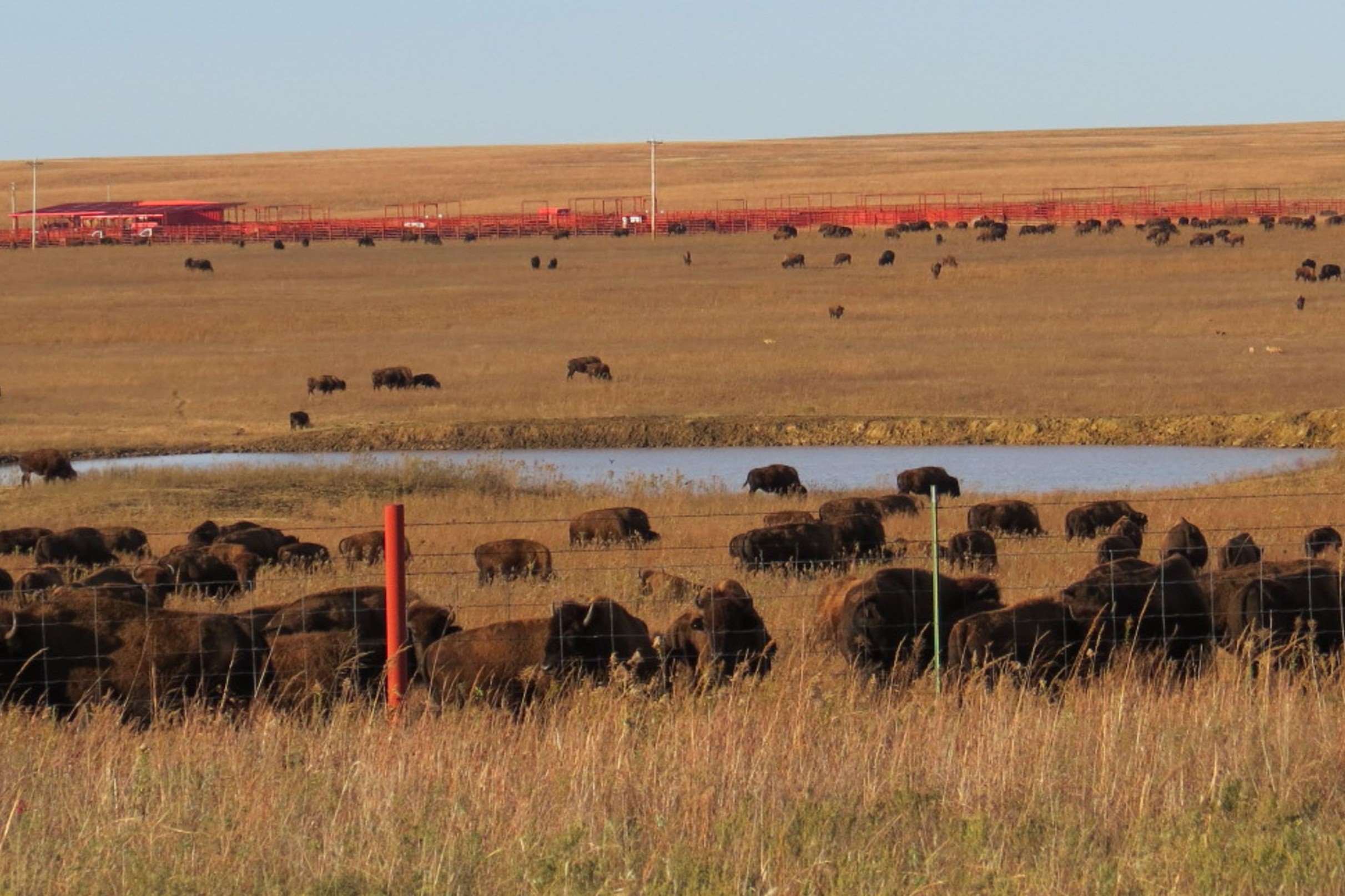Secrets Behind Oklahoma’s Prairie Storms

Have you ever wondered why Oklahoma's prairie storms are so intense? These storms, known for their dramatic lightning, roaring thunder, and powerful winds, are a natural spectacle. The flat landscape of the prairies plays a big role, allowing weather systems to move quickly and build strength. Warm, moist air from the Gulf of Mexico meets cooler, dry air from the Rockies, creating the perfect conditions for thunderstorms. Tornadoes often form during these storms, making Oklahoma part of Tornado Alley. Understanding these storms can help you stay safe while appreciating their raw beauty. Ready to learn more about what makes these storms tick?
Oklahoma's Unique Weather Patterns
Oklahoma's weather is a fascinating mix of extremes. From scorching summers to icy winters, the state experiences it all. But what truly sets Oklahoma apart are its prairie storms. These storms are a spectacle of nature, often dramatic and sometimes dangerous. Let's uncover the secrets behind these powerful weather events.
The Role of Tornado Alley
Oklahoma sits in the heart of Tornado Alley, a region known for its frequent and intense tornadoes. This area stretches from Texas to South Dakota, with Oklahoma right in the middle. The unique geography and climate conditions make it a hotspot for tornado activity.
Central Oklahoma: This region sees the highest number of tornadoes. Cities like Oklahoma City and Norman often find themselves in the path of these powerful storms.
Western Oklahoma: Known for its flat terrain, this area provides the perfect conditions for tornado formation. The lack of natural barriers allows storms to gather strength.
Northern Oklahoma: While not as tornado-prone as the central and western parts, this region still experiences its fair share of storms. The mix of warm and cold air masses creates volatile weather conditions.
The Influence of the Jet Stream
The jet stream plays a crucial role in Oklahoma's stormy weather. This fast-flowing air current in the upper atmosphere influences weather patterns across North America. In Oklahoma, the jet stream often dips south, bringing with it cold air from Canada and warm air from the Gulf of Mexico.
Panhandle Region: The jet stream's influence is particularly strong here. The clash of air masses leads to severe thunderstorms and, occasionally, tornadoes.
Eastern Oklahoma: This area sees more frequent changes in weather due to the jet stream's movements. Storms can develop quickly, catching residents off guard.
The Impact of the Gulf of Mexico
The Gulf of Mexico significantly affects Oklahoma's weather. Warm, moist air from the Gulf travels northward, meeting cooler, drier air from the Rockies. This interaction often results in powerful storms.
Southern Oklahoma: Closer to the Gulf, this region experiences higher humidity levels. The warm, moist air contributes to the development of severe thunderstorms.
Central Plains: The central part of the state sees a mix of influences from the Gulf and the Rockies. This combination leads to unpredictable and often severe weather.
The Role of Topography
Oklahoma's varied topography also plays a role in its stormy weather. The state's landscape ranges from flat plains to rolling hills, each influencing weather patterns differently.
Great Plains: The flat terrain of the Great Plains allows storms to travel unimpeded. This region is particularly vulnerable to large, fast-moving storms.
Ouachita Mountains: In southeastern Oklahoma, the Ouachita Mountains can disrupt weather patterns. Storms often weaken as they move over the rugged terrain.
Red River Valley: This area, along the Texas border, sees a mix of influences from both states. The valley's unique topography can enhance storm development.
The Science of Storm Prediction
Predicting Oklahoma's prairie storms involves a combination of technology and expertise. Meteorologists use advanced radar systems and computer models to track storm development and movement.
National Weather Center in Norman: This facility is a hub for weather research and forecasting. Scientists here work tirelessly to improve storm prediction and keep residents safe.
Storm Chasers: Oklahoma is home to many storm chasers who provide valuable data and firsthand observations. Their efforts contribute to a better understanding of storm behavior.
The Human Element
Oklahoma's residents have a unique relationship with their weather. The state's history is filled with stories of resilience and adaptation in the face of powerful storms.
Community Preparedness: Many communities have developed robust emergency plans. Schools, businesses, and households often have storm shelters and safety protocols in place.
Storm Stories: Tales of survival and heroism are common in Oklahoma. These stories highlight the strength and determination of the people who call this stormy state home.
Embracing Oklahoma's Stormy Beauty
Oklahoma's prairie storms are a sight to behold. These natural wonders bring both awe and respect. Understanding the weather patterns and storm formations helps appreciate their power. The Great Plains create the perfect stage for these dramatic displays. Storm chasers and weather enthusiasts flock to Oklahoma for a front-row seat. Safety is crucial, so always stay informed and prepared. Local communities have adapted to these storms, showcasing resilience and strength. The beauty of these storms lies in their unpredictability and raw power. They remind us of nature's might and the importance of respecting it. Next time you witness an Oklahoma storm, take a moment to marvel at its grandeur. Appreciate the science behind it and the people who study and live through it. Oklahoma's prairie storms are more than just weather; they are a testament to nature's incredible force.

